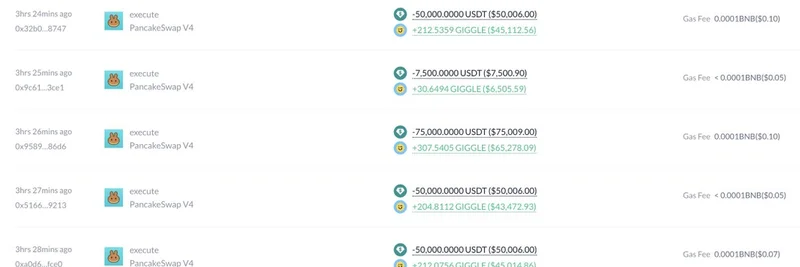In the fast-evolving world of blockchain and crypto, a recent clip from The Rollup podcast has sparked conversations about the inevitable shift toward on-chain operations. Nick Cherney, Head of Innovation at Janus Henderson Investors, highlighted how stablecoins and real-world assets (RWAs) are spearheading this transformation. Let's break down what he said and why it matters, especially for those in the meme token space.
Understanding the Key Drivers: Stablecoins and RWAs
Stablecoins are cryptocurrencies designed to maintain a stable value, often pegged to traditional currencies like the US dollar. Think of them as the reliable bridge between volatile crypto markets and everyday finance. RWAs, on the other hand, refer to real-world assets tokenized on the blockchain—things like real estate, stocks, or commodities that get a digital makeover for easier trading and ownership.
According to Cherney, these elements are crucial in pushing companies toward crypto integration. He stated, "As soon as that reaches a tipping point, that's when every financial services firm has to be on chain." This tipping point? It's when the efficiency and accessibility of on-chain solutions become too compelling to ignore.
The clip, shared on X by @therollupco, comes from a discussion on tokenization and ETFs (exchange-traded funds), which are investment vehicles that track assets and trade like stocks. In the crypto context, ETFs could soon include tokenized assets, blending traditional finance with blockchain tech.
Implications for the Broader Crypto Ecosystem
Cherney's insights point to a future where crypto isn't just a niche—it's mainstream. For financial firms, being "on chain" means using blockchain for transactions, settlements, and even asset management. This could lead to faster, cheaper, and more transparent operations.
But how does this tie into meme tokens? Meme tokens, like Dogecoin or newer viral sensations, thrive on community and speculation. As more companies adopt crypto, the influx of capital and users could supercharge the meme coin market. Imagine tokenized memes as RWAs—digital cultural assets that gain real value through widespread adoption. Stablecoins could stabilize trading pairs, making meme token investments less risky for newcomers.
Moreover, with ETFs potentially including crypto elements, retail investors might get easier exposure to meme tokens via bundled products. This legitimizes the space, attracting institutional money that meme communities have long dreamed of.
Why This Matters for Blockchain Practitioners
If you're building or trading in the meme token world, keep an eye on RWAs and stablecoins. Projects like those on platforms such as Solana or Ethereum are already experimenting with tokenizing everything from art to memes. As Cherney suggests, the transition is accelerating, and early adopters stand to benefit.
For more on this, check out the full clip on X. It's a quick watch that packs a punch on where finance is headed.
In summary, stablecoins and RWAs aren't just buzzwords—they're the engines driving crypto's next phase. As we approach that tipping point, every company, including those in the meme token arena, will need to adapt or get left behind. Stay tuned to Meme Insider for more updates on how these trends shape the blockchain landscape.


